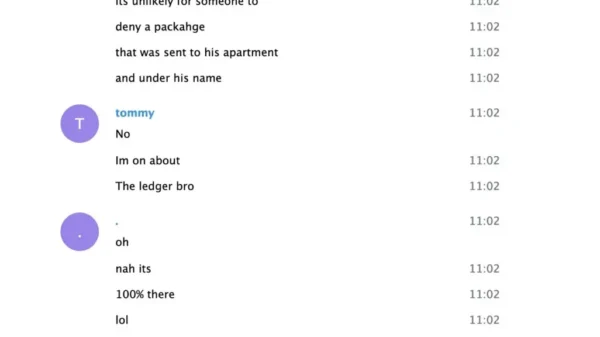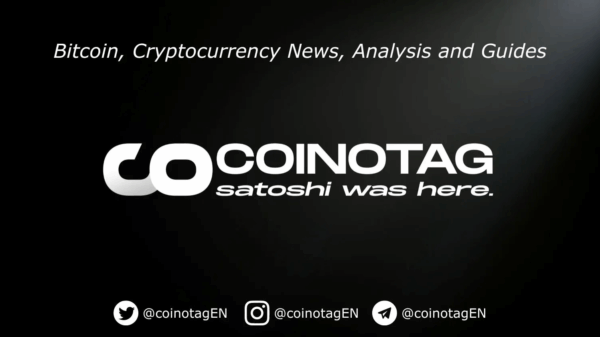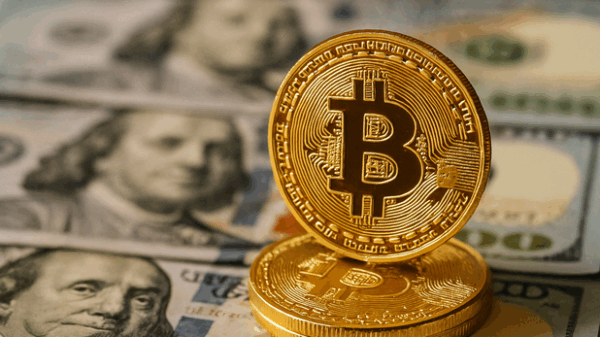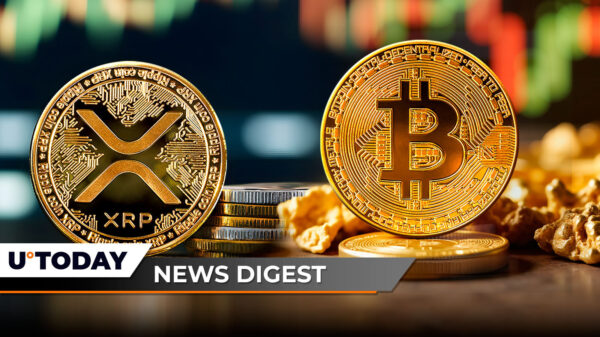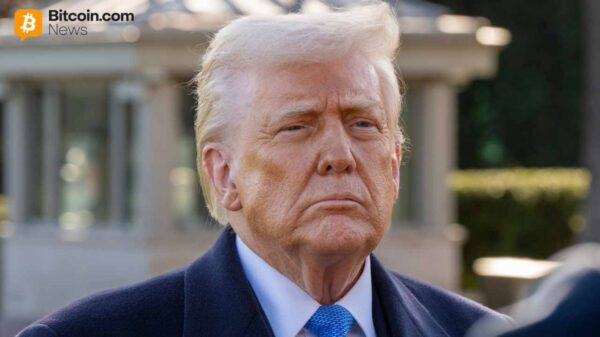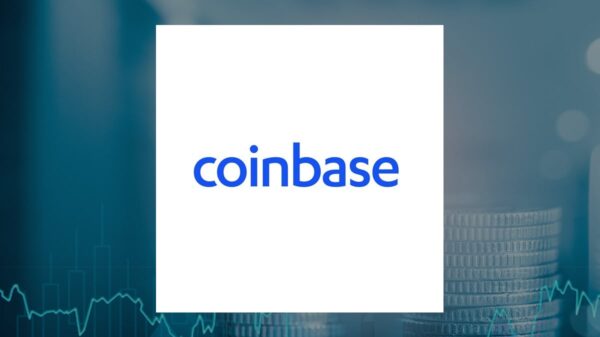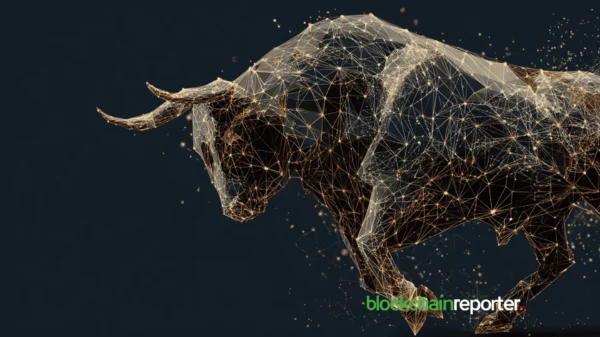In a recent shift, Federal Reserve officials are prioritizing the stability of financial markets as they approach their December interest rate decision. This change comes in light of increasing concerns regarding the potential for a sudden decline in asset prices, which could impact the broader economy.
During a speech at Georgetown University on November 20, Lisa Cook, a member of the Federal Reserve Board of Governors, refrained from providing a definitive stance on future interest rate policy. However, she did emphasize various risks currently facing the financial system, including the rapid growth of private credit markets, hedge funds trading in Treasury securities, and the integration of generative artificial intelligence in trading practices.
Cook specifically noted that while historically high asset prices have bolstered consumer spending and contributed positively to the US economy, she would not be surprised by a potential decline in these prices. “Right now, it seems more likely that we could see significant drops in asset prices,” she remarked, although she cautioned that such a decline alone would not signify financial instability.
As the Fed”s December meeting approaches, discussions surrounding interest rate cuts have intensified. Beth Hammack, president and CEO of the Federal Reserve Bank of Cleveland, expressed her disagreement with further rate reductions, citing persistently high inflation as a significant concern. She highlighted that easing financial conditions could inadvertently escalate risks to overall financial stability.
Echoing Cook”s sentiments, Hammack acknowledged the solid state of the financial system, noting that banks maintain adequate capital and households are managing their finances effectively. Nonetheless, she raised alarms about elevated borrowing levels among hedge funds and emphasized the importance of closely monitoring private credit growth.
The discussions among Fed policymakers reflect shared anxieties, as indicated in the minutes from their October meeting. Some members expressed that asset prices appear inflated, warning of the risks posed by a sudden drop in stock prices, particularly if public perception of AI-related technologies shifts rapidly.
Analysts have observed that the ongoing conversation among policymakers is primarily centered on whether another rate cut might exacerbate inflation, which has remained above the Fed”s 2% target for an extended period. Alternatively, there is concern that a slowing job market may require additional support from Fed policies.
The upcoming meeting scheduled for December 9-10 presents challenges for the Fed, as a government shutdown has hindered access to critical economic data. Recently, the Bureau of Labor Statistics reported that job gains in September exceeded economists” expectations, although the unemployment rate has risen to 4.4%. The agency has announced that a detailed employment report will not be available until after the Fed”s December meeting.
As a result of these developments, traders are largely maintaining their predictions. They anticipate that unless significant evidence emerges of a downturn in the job market, the Federal Reserve is unlikely to implement rate cuts in December and may instead consider a quarter-point reduction in January.
For those looking to position their projects at the forefront of the cryptocurrency landscape, consider featuring them in our upcoming industry report, where impactful data meets innovation.


